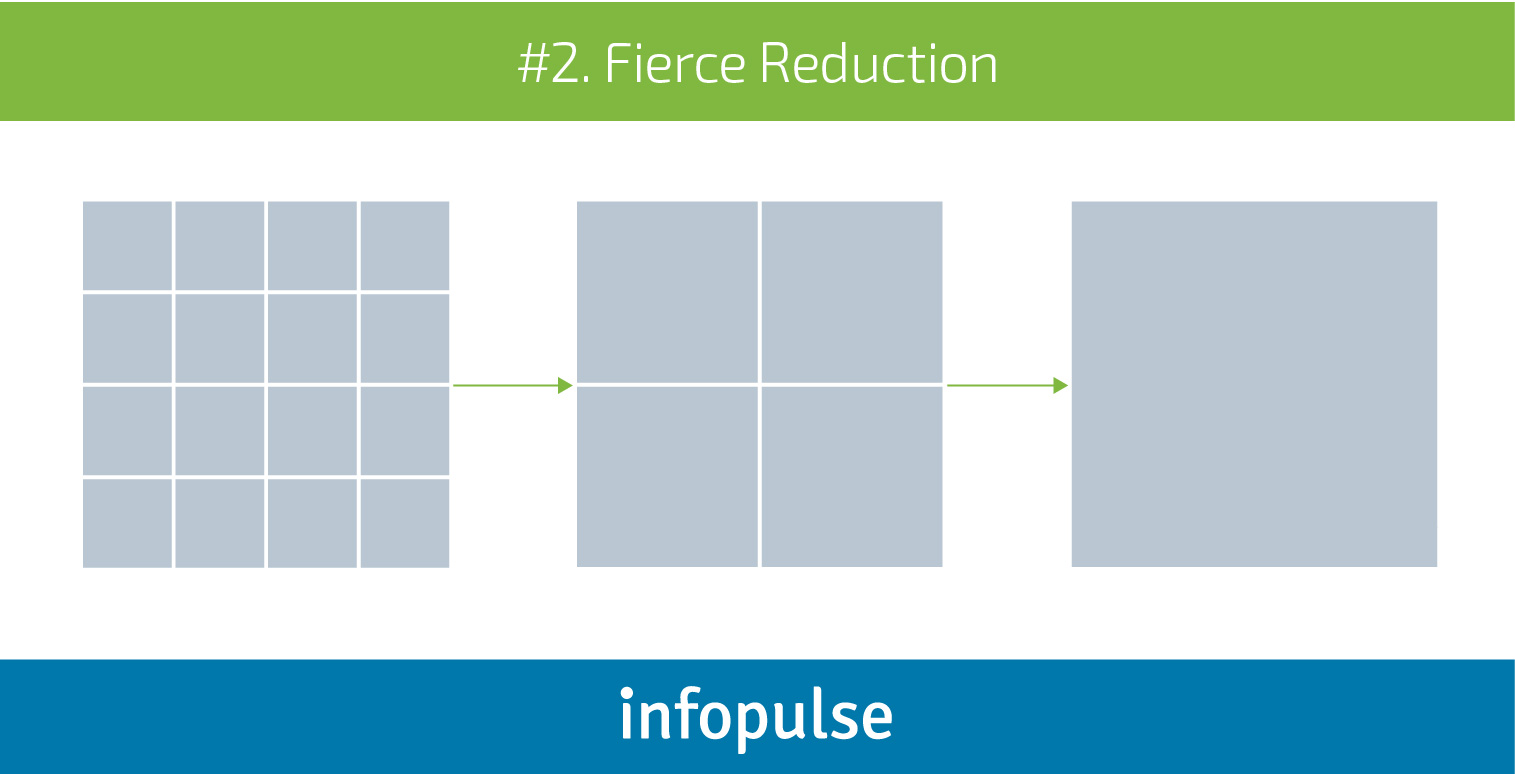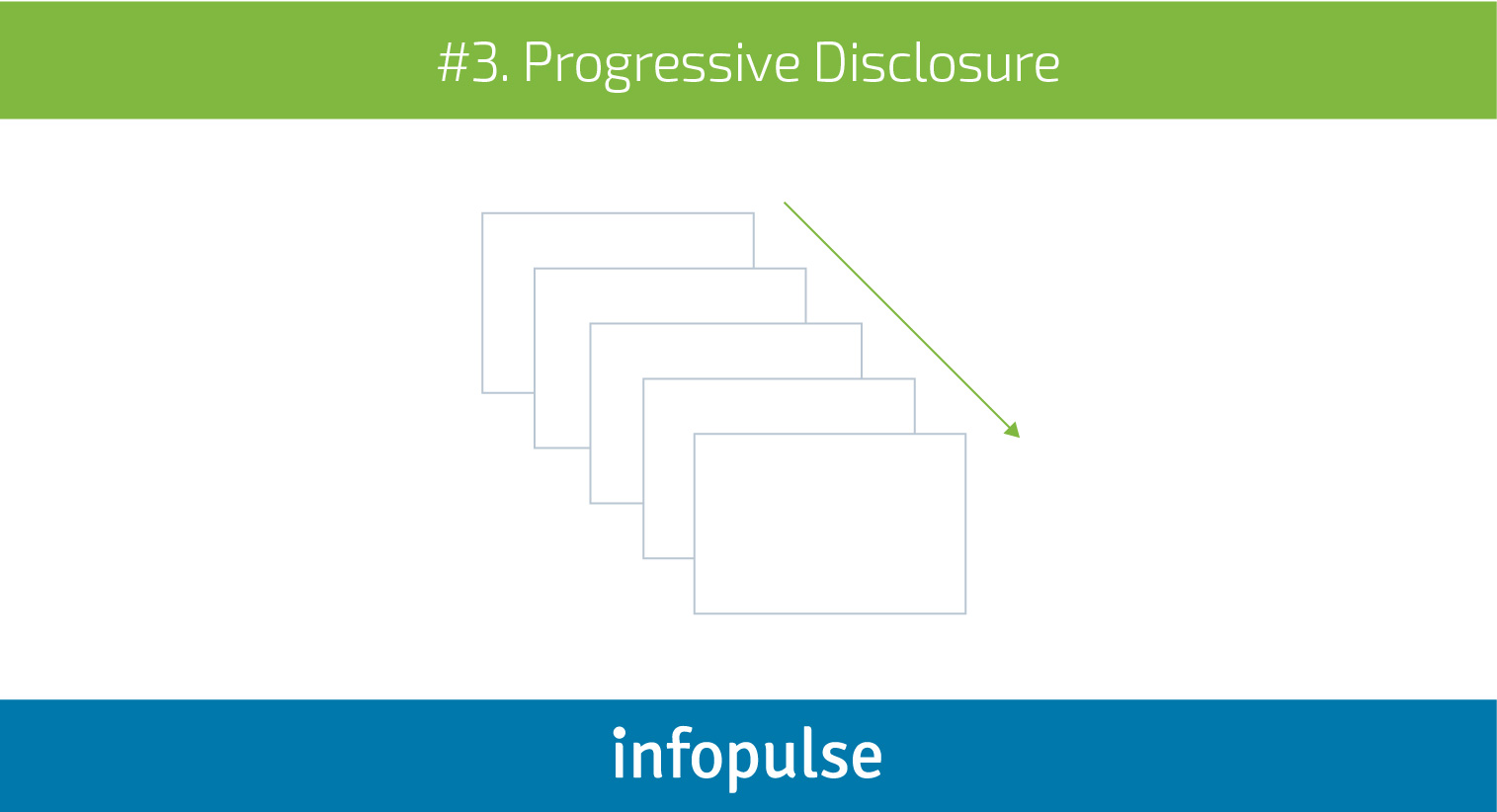Defeating Complex Thinking in IT
How to eliminate tech bloat with three Design Principles
What Matters
When we think about digital innovation and outsourcing software design and development services to nearshore or offshore partners, do we consider what truly matters – beyond the headline cost difference of a designer or developer located in London or San Francisco, compared to an equivalent, talented person or team in say, Kyiv or Odessa, Ukraine?
Wage arbitrage – as the measure of the difference between salary costs in Western Europe and the USA versus Eastern Europe or Asia – is not the most important factor, when considering outsourcing versus insourcing of software design and development. The real problem today, with IT and digital innovation is Complex Thinking.
The Problem
The source of Complex Thinking in IT, when selecting an internal team or partner to deliver on digital innovation is this: employees and partners who are paid by the hour or month equate personal value and rewards with time. So, the more complex a digital innovation engagement becomes, the more time (and therefore, billable hours) is credited to the employees or partner organization undertaking the work. This is an inherently unhealthy, and sadly, an all-too familiar scenario in many enterprise IT environments today.
The Solution
The antidote to Complex Thinking in IT is Design Thinking – which simply means applying a human-centered approach to solving problems.
Here’s some thoughts on how to defeat it through Transformational Outsourcing and applying three, simple yet powerful Design Principles that come from the broader foundation of Design Thinking.
What’s needed today in business is new generation apps that are reimagined and simplified. We need solutions that eliminate waste and engage users in a better way. In summary, we need to apply three (3) Design Principles to next generation apps:
- Meaningful Journey
- Fierce Reduction
- Progressive Disclosure

#1. Meaningful Journey
When designing a next-generation app, the first thing to create is its journey: the path, steps or tasks that users will complete in providing a service, undertaking work or solving a problem. With simplicity at the heart of the design, this means removing steps or tasks that are wasteful or unnecessary. Therefore, this journey must be a Meaningful Journey: from the moment a user goes to the login page, to the moment they logout, when the task(s) or work is done.

#2. Fierce Reduction
When users get confused with apps, it’s usually because what they are confronted with on a page view offers too many choices of what to do next. Often, there is no obvious place to go or action to take from a particular stage in what should be a Meaningful Journey. What’s needed is a fierce reduction mindset: a way to eliminate everything on each screen that distracts from any action at each stage. This is Fierce Reduction.

#3. Progressive Disclosure
When designing a Meaningful Journey and applying Fierce Reduction, it is better to have more clicks or swipes through pages of an app, than add too many options in any given page or screen view. This means that with a fiercely reductive mindset, you will have to engage in a trade-off between simplicity of page or screen view, versus the number of pages on a Meaningful Journey. This is ensuring that Progressive Disclosure is applied to app design.
Conclusion
When you apply these three (3) Design Principles to digital innovation, you are able to introduce the antidote to Complex Thinking – Design Thinking. In this context, by defining what really matters in a Meaningful Journey through each step of user interactions with a particular app, you can apply Fierce Reduction and eliminate everything that confuses or prevents intuitive, next-step activities in such a Meaningful Journey. To achieve Fierce Reduction per app screen, in turn, it may be necessary to increase the number of steps and screens: this is Progressive Disclosure.

![Pros and Cons of CEA [thumbnail]](/uploads/media/thumbnail-280x222-industrial-scale-of-controlled-agriEnvironment.webp)

![Power Platform for Manufacturing [Thumbnail]](/uploads/media/thumbnail-280x222-power-platform-for-manufacturing-companies-key-use-cases.webp)
![Agriculture Robotics Trends [Thumbnail]](/uploads/media/thumbnail-280x222-what-agricultural-robotics-trends-you-should-be-adopting-and-why.webp)
![ServiceNow & Generative AI [thumbnail]](/uploads/media/thumbnail-280x222-servicenow-and-ai.webp)

![Data Analytics and AI Use Cases in Finance [Thumbnail]](/uploads/media/thumbnail-280x222-combining-data-analytics-and-ai-in-finance-benefits-and-use-cases.webp)
![AI in Telecom [Thumbnail]](/uploads/media/thumbnail-280x222-ai-in-telecom-network-optimization.webp)

